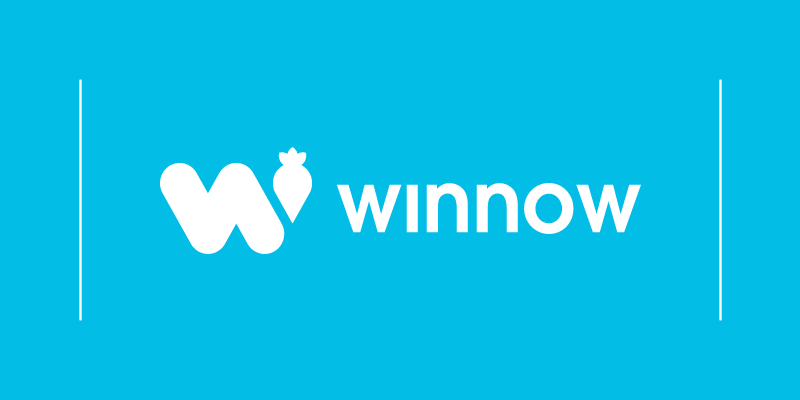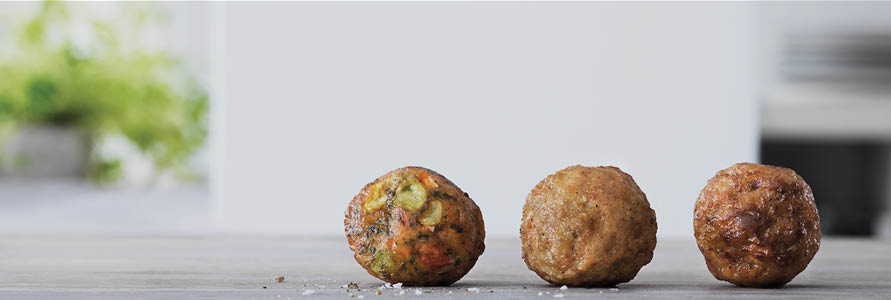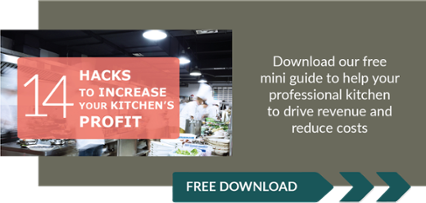The IKEA initiative, Food is Precious, aims to cut food waste in its food operations by 50% by the end of its fiscal year 2020. The furniture giant opted to achieve this by using Winnow’s smart scale solution to understand the source of food waste and measure it.
WRAP estimates that 7% of all global greenhouse gas emissions, 3.3 billion tonnes CO2 equivalent per year, are due to food waste. With an estimated $1 trillion in food being wasted every year, over 1% of global GDP, action to address this issue is an economic and environmental imperative.
Being careful with resources is a core value for IKEA. By May 2017, in total 84 stores have implemented a food waste system, where Winnow is one of the partners providing the solution, so far resulting in a reduction of 79.200 kg food waste, equal to 341.000 kg CO2 saved, which corresponds to 473 flights between Stockholm and London.
“It is very encouraging to see the initial results of the Food is Precious initiative! Thanks to engaged co-workers and the measuring solution, we see up to 30% food waste reduction already after a few months. I am following the development closely and hope it can encourage others to start thinking about food as a precious resource” - says Michael La Cour Managing Direction IKEA Food Services AB
Driven by the need to make cost savings and the pressure from consumers to employ sustainable practices, it is inevitable that forward-looking food operations make food waste reduction a norm.
At Winnow we believe that food is too valuable to waste and what gets measured gets managed. Once you know exactly where waste is occurring, improved forecasting and production planning allows you to solve the issue at its root cause. Beyond the food cost savings the kitchens are more labour efficient, sending less waste to landfill, and building stronger relationships with their clients.
We applaud IKEA for making such a public and aggressive target to reduce waste. They are leading the way on how companies should address this issue. We challenge other companies to look strategically at food waste. With the right tools, you can dramatically cut waste, save costs and improve your offer at the same time.









Comment on my blog